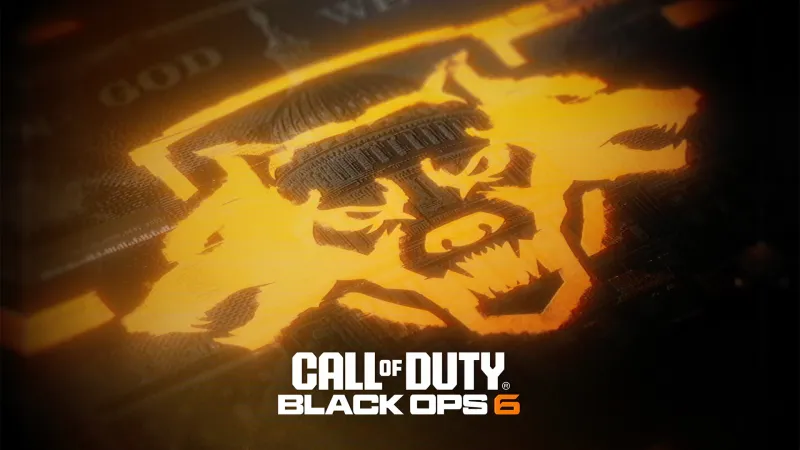In a groundbreaking interview with Streaming Media’s Shawn Lam at NAB 2024, Matthew Davis, the Director of Technology for PTZOptics, introduced Hive Studio. This innovative cloud-based remote camera control solution is set to launch in June 2024 and promises to transform remote camera operations with its broad compatibility and user-friendly features. Here’s everything you need to know about Hive Studio, PTZOptics’ latest offering designed for superior camera control.
Key Features and Subscription Tiers
Hive Studio is a versatile platform supporting over 400 camera models, not just limited to PTZOptics’ own cameras. The product will be available in three subscription-based tiers:
-
Free Basic Model – Control one camera and get a feel for the platform.
-
Mid-Tier Option – Manage up to three cameras.
-
Top-Tier Option – Enjoy unlimited camera control.
These tiers are offered on both monthly and yearly subscription plans, providing flexibility for different user needs and budgets.
Operational Flexibility
One of the standout features of Hive Studio is its operational versatility. Users can run the platform locally by installing a small agent on their Windows or Mac PC, connecting all cameras on the same network and using a unified control interface without relying on cloud resources. For cloud operations, PTZOptics cameras can connect directly to the internet, appearing in the Hive Studio interface without needing a PC intermediary, making remote control possible from anywhere in the world.
Enhanced Camera Control and Integration
Hive Studio provides extensive control features, including NDI (Network Device Interface) output for seamless integration with existing workflows like vMix, OBS, and TriCasters. This integration allows users to leverage their current equipment while benefiting from Hive’s advanced control capabilities. Additionally, Hive Studio supports auto-tracking for cameras that do not natively include this feature, offering smooth, professional camera movements that mimic human operators, referred to as “cinema movement.”
Intuitive User Experience
The platform’s intuitive interface consolidates all control options in one place, eliminating the need to switch between different camera interfaces. Users can easily adjust image settings, motion controls, and color balance across multiple camera brands. This level of control ensures that even beginners can achieve professional-quality results, making Hive Studio accessible to users of all experience levels.
Robust Recording and Post-Production Capabilities
Hive Studio includes powerful recording capabilities, allowing for ISO recording of each individual camera input. Users can manage recordings in the cloud or with existing on-premise equipment, offering flexibility for various production setups. This feature is particularly beneficial for post-production, where high-quality, isolated recordings are essential.
Low Latency and High Performance
Matthew Davis emphasized the platform’s low latency, which ensures real-time control and responsiveness. The latency is under 300 milliseconds, even when controlling cameras over distances as great as 3,000 miles. This low latency makes Hive Studio ideal for live productions where timing and precision are critical.
Versatile Applications Across Various Markets
Hive Studio is designed to meet the needs of various markets, including education, religious institutions, and remote production scenarios. The educational sector, in particular, has shown significant interest in enhancing remote learning experiences. The platform also appeals to remote producers and sales environments, where high-quality, user-friendly production tools can significantly impact the final output.
Conclusion
Hive Studio by PTZOptics is set to be a game-changer in the field of remote camera control. Its comprehensive, flexible, and user-friendly solution caters to a wide range of production needs. With broad compatibility, advanced features, and low latency, Hive Studio is designed to meet the demands of both novice users and experienced professionals in the video production industry.
Read the full interview from StreamingMedia HERE




